The Brazil nut (Bertholletia excelsa) is one of the most valuable non-timber forest products native to the Amazon rainforest. Rich in selenium, healthy fats, and protein, Brazil nuts are a highly sought-after superfood in global health-conscious markets. The trees that bear these nuts are found predominantly in South America and can live up to 500 years, thriving in undisturbed rainforest environments. The question, “Which country is the largest Brazil nut producer in the world?” leads us deep into the heart of the Amazon basin, revealing not just agricultural statistics but also a story of ecology, economy, and cultural identity. As of the most recent global data, Bolivia holds the title of the largest Brazil nut producer in the world.
Global Brazil Nut Production Overview
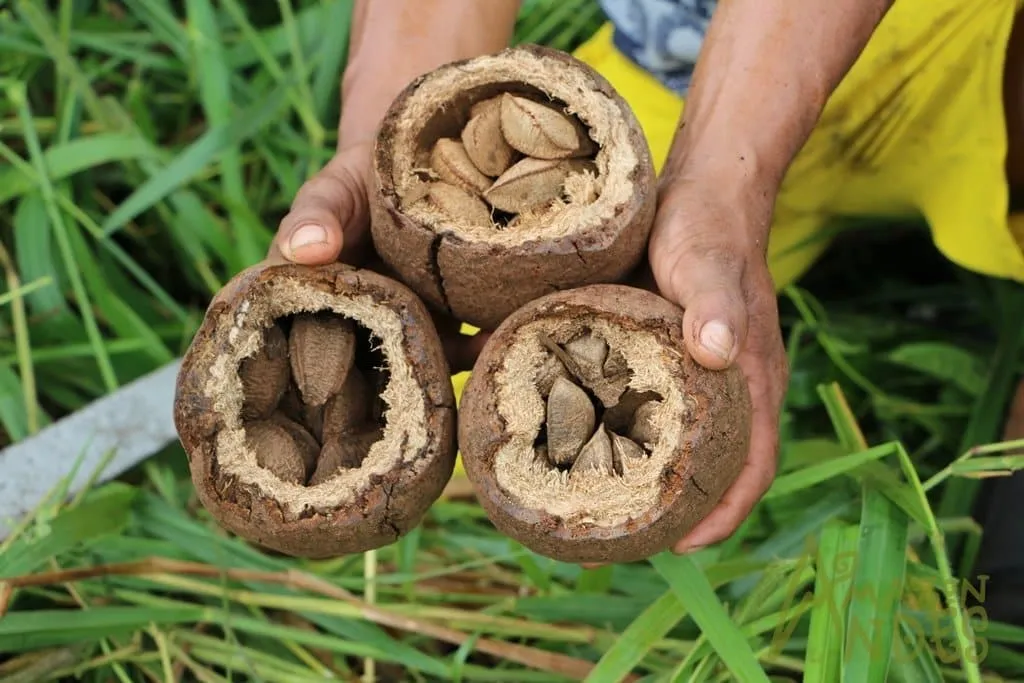
Brazil nuts grow almost exclusively in the wild across the Amazon basin, which spans parts of Brazil, Bolivia, and Peru. Although the nut is named after Brazil, the country’s role in commercial production is secondary compared to Bolivia. The Brazil nut tree is difficult to cultivate in plantations due to its dependence on a specific ecosystem for pollination and fruiting, which means that nearly all Brazil nuts come from natural forests. This makes their production closely tied to environmental conservation.
Top Producers:
- Bolivia
- Brazil
- Peru
These three countries account for nearly 100% of global Brazil nut production, with Bolivia consistently topping the list over the past two decades.
Bolivia: The World’s Leading Brazil Nut Producer
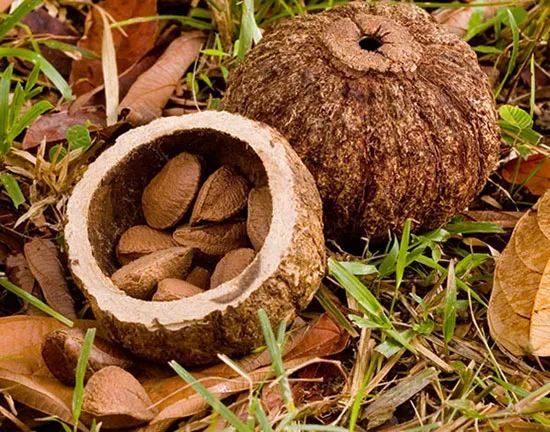
Historical Background
Bolivia, a landlocked country in central South America, took the lead in Brazil nut production during the late 20th century. Despite its smaller share of the Amazon compared to Brazil, Bolivia’s Pando, Beni, and northern La Paz departments are rich in wild Brazil nut trees. The harvesting and export of Brazil nuts have become one of the country’s most important non-mineral export commodities.
Production Statistics
According to FAO and ITC Trade Map data:
- Bolivia contributes nearly 50–60% of the world’s Brazil nut exports.
- Annual production exceeds 25,000–30,000 metric tons, depending on the harvest year.
- The main harvesting season runs from December to March, following the Amazonian rainy season.
Economic Impact
Brazil nuts are a cornerstone of Bolivia’s rural economy:
- Over 20,000 families are directly involved in the harvesting process.
- The nut is a vital source of employment in remote regions with limited economic alternatives.
- Processing plants, especially in cities like Riberalta and Cobija, provide jobs in shelling, packaging, and export logistics.
- The Brazil nut industry generates hundreds of millions of dollars annually, contributing significantly to Bolivia’s non-traditional exports.
Environmental and Cultural Importance
The Brazil nut industry promotes forest preservation, as the trees cannot thrive in cleared land or monoculture farms. Local communities and indigenous groups have a vested interest in protecting their forests because of their dependency on nut collection for income.
In Bolivia, Brazil nut harvesting supports:
- Sustainable forest management
- Cultural preservation of traditional harvesting techniques
- Community-based natural resource management
Brazil: The Nut’s Namesake

Ironically, Brazil is not the world’s top producer of Brazil nuts. Though the tree is native to the country and covers vast areas of the Amazonian rainforest, Brazil has slipped to second place due to a combination of factors:
- Deforestation and land-use changes
- Industrial farming priorities over wild nut harvesting
- Inconsistent labor practices and market infrastructure
However, Brazil remains an important player:
- The state of Acre and parts of Amazonas and Pará are major harvesting zones.
- Brazil focuses more on domestic consumption and processed nut products like oil and butter.
Despite ranking second in raw nut exports, Brazil still holds cultural pride in the Brazil nut tree, which is legally protected under Brazilian environmental law.
Peru: A Steady Third
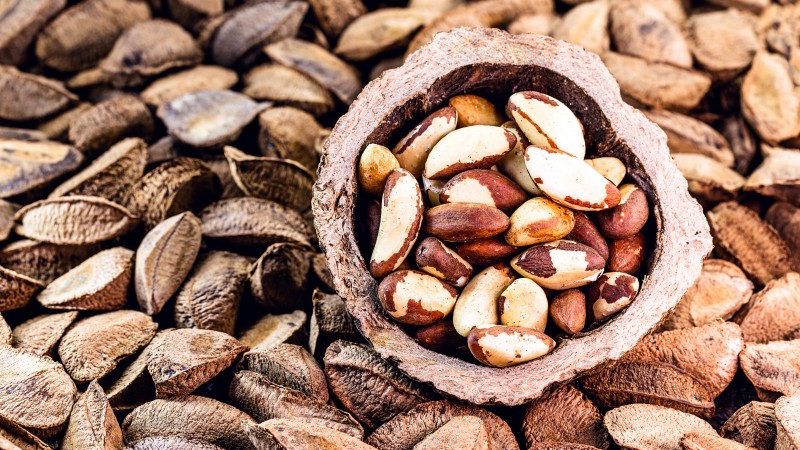
Peru, with its share of the Amazon rainforest in regions such as Madre de Dios, ranks third in Brazil nut production.
- Peru produces approximately 4,000 to 6,000 metric tons annually.
- Harvesting is centered around Puerto Maldonado, a gateway to Amazonian biodiversity.
- Peru’s Brazil nut industry is less mechanized but heavily community-driven.
- Many cooperatives focus on organic certification and fair trade, targeting premium markets in Europe and North America.
Peru’s government supports Brazil nut production as part of its larger plan for forest conservation, indigenous rights, and climate action.
Global Trade and Export Markets

The primary markets for Brazil nuts include:
- United States
- Germany
- United Kingdom
- Netherlands
- China
Consumers in these countries are drawn to the nut’s rich nutritional profile, especially its selenium content, which supports immune function and thyroid health. Global demand has surged in the last decade due to increasing interest in superfoods, plant-based diets, and sustainable sourcing.
Challenges in Brazil Nut Production
While the industry is profitable and sustainable in theory, several challenges exist:
- Climate change – Altered rainfall patterns can affect flowering and fruiting.
- Deforestation – Encroachment of logging and cattle grazing areas threaten Brazil nut forests.
- Market fluctuations – Global price drops can destabilize local economies.
- Labor conditions – Some harvesting operations face scrutiny over fair pay and working conditions.
- Supply chain logistics – Remote harvest zones face high transportation costs and infrastructure issues.
Conservation and Future Outlook
Interestingly, the Brazil nut is one of the few examples where economic value aligns with ecological conservation. Since the trees only produce nuts in undisturbed forests, harvesting Brazil nuts encourages protection of old-growth rainforest ecosystems.
Governments, NGOs, and international organizations are working to:
- Certify Brazil nut supply chains as sustainable
- Support indigenous and local communities
- Improve post-harvest processing
- Promote fair trade and organic certification
- Enhance climate resilience in Amazonian ecosystems
Bolivia, as the world leader, is at the forefront of such initiatives, showcasing how a forest product can support both people and the planet.
Conclusion
To answer the thesis question directly: Bolivia is the largest Brazil nut producer in the world. Its success in this sector is a blend of favorable forest ecology, deep-rooted harvesting traditions, and a growing commitment to sustainability. While Brazil and Peru also play crucial roles, Bolivia leads both in quantity and influence on the international market.
The Brazil nut industry is not just about food—it’s a case study in sustainable development, conservation, and cultural integrity. As demand for ethically sourced, nutrient-rich foods grows, Bolivia’s leadership in Brazil nut production stands as a model for balancing ecological preservation with economic opportunity.

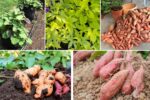
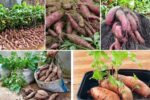


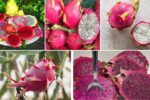
Leave A Comment